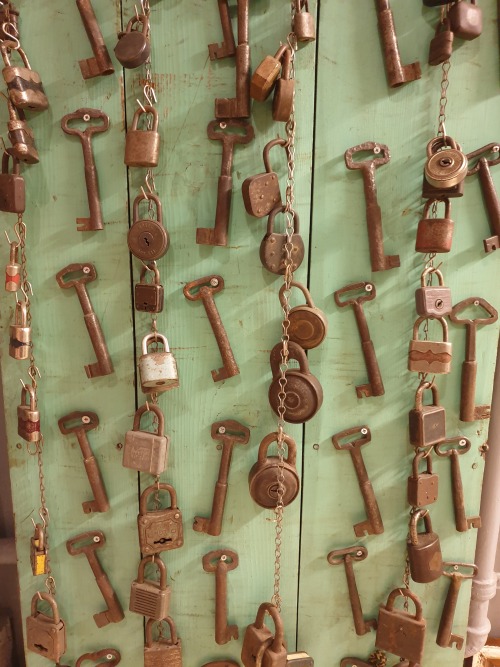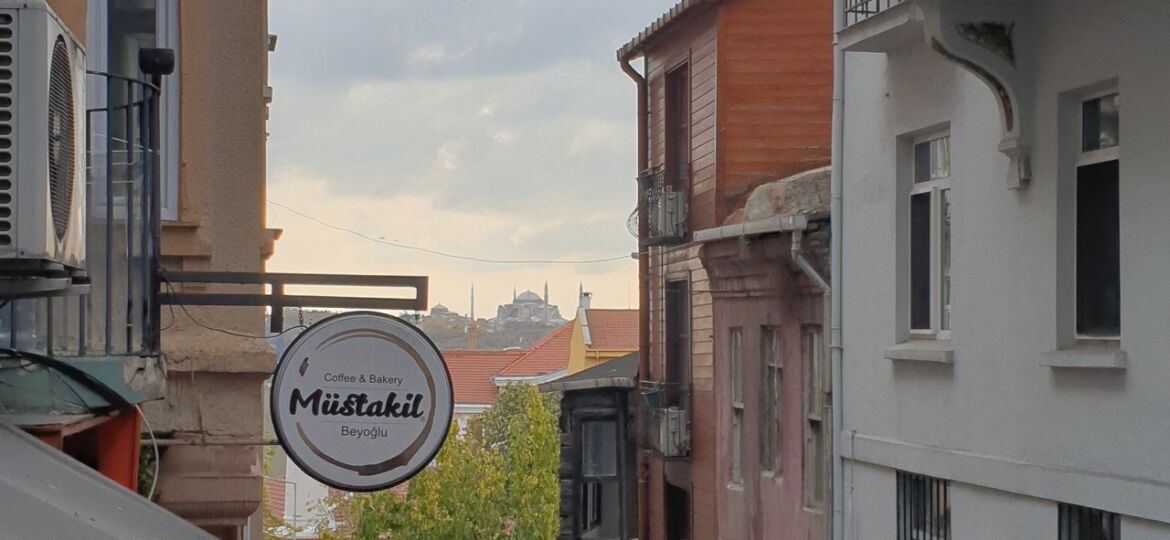
Forget for a moment the buzz and excitement of Galata and Taksim. Refrain from sitting at one of the many cafes of Cihangir and wander downhill towards Tophane, strolling around narrow streets, steep staircases, antique shops, and art galleries. Nested in between the larger (and perhaps more popular) districts of Beyoğlu, Çukurcuma is considered by many as one of the most “bohemian” areas of Istanbul.
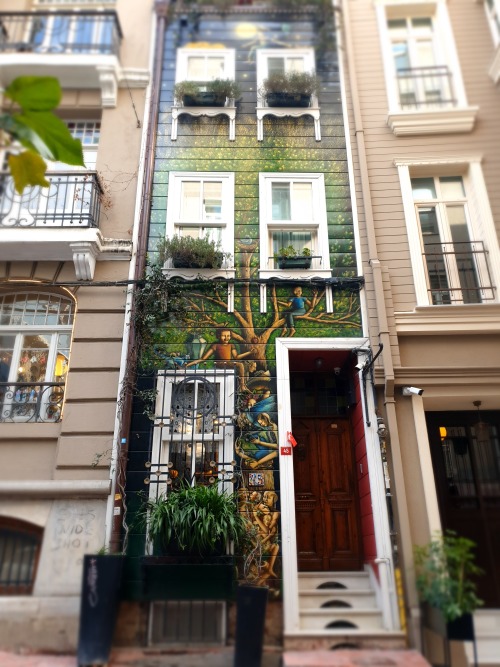
Part of the neighborhood of Çukurcuma, its name (“Friday Valley”) and that of one of its largest streets (“Boğazkesen Caddesi,” or “Bosphorus-cutter Avenue”) are deeply rooted in the history of the city. According to historians (and to what people told me), this was the point where Sultan Mehmed the Conqueror moved his fleet overland into the Golden Horn and where Friday prayers were held by the Ottoman troops during the siege of Constantinople.
While you can walk around wondering how people could pull an entire fleet uphill when you can barely make it up a flight of stairs (like myself), I would suggest turning your attention to the many art galleries and second-hand and antique shops dotting Çukurcuma Caddesi and the alleys nearby.



You will soon realize that this is a neighborhood defined as much by its people as by the objects populating it, and as an archaeologist (someone whose job literally revolves around understanding past societies from the artifacts they left behind), I find that fascinating.
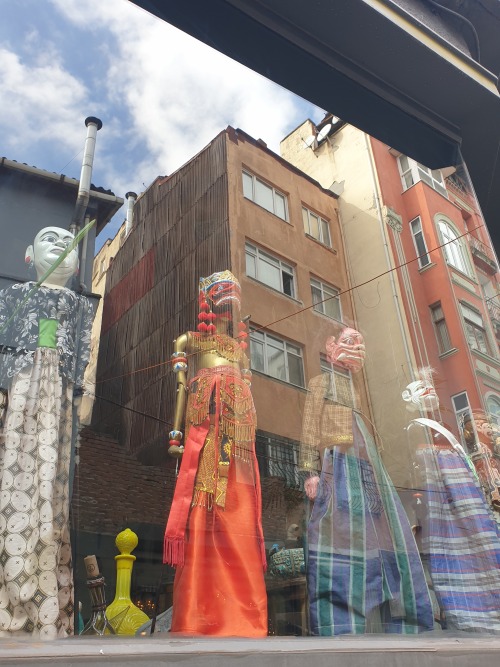

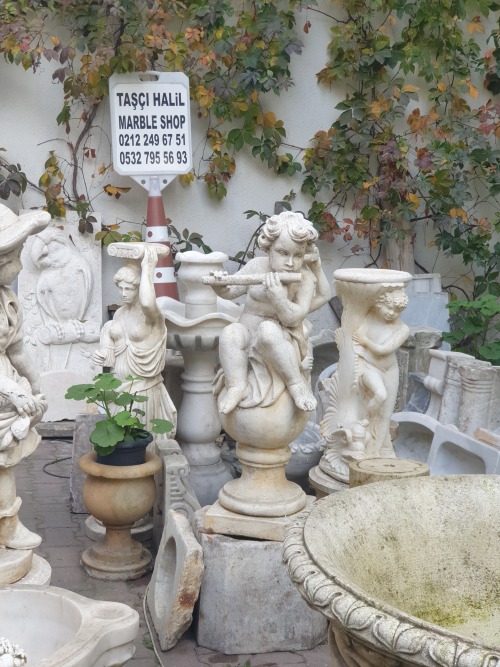
This symbiotic relationship between objects and people, between intangible memories and materialized stories, takes shape in one of the landmarks of Çukurcuma: Orhan Pamuk’s Museum of Innocence. Intersecting fiction and reality, this museum revolves around the concept that even the most common object, totally devoid of any aesthetic or historical value, can trigger an emotional response from the viewer and can embody not just individual but communal histories. I won’t say too much: my advice is to go there and test this hypothesis firsthand.
But as I was walking around, I kept wondering about something. Outside the scales of historical and aesthetic values, how do we assess the “worth” of an object? Outside the walls of Pamuk’s museum, do antiquarians and art collectors look beyond the sheer appearance of an object? Do the people who buy it? I decided to poke my head in and ask these questions directly to some of the antique collectors and second-hand dealers of Çukurcuma. After all, if there is a place in Istanbul where you can bother people with such questions, this is the place.
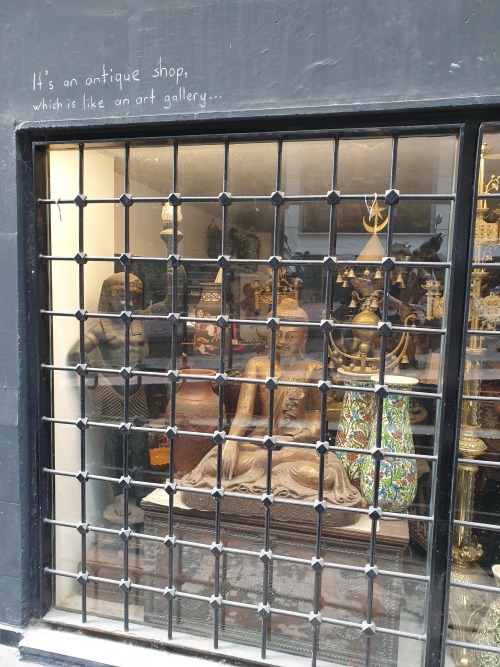

I quickly realized that many were genuinely happy to chat with a curious yabancı while sipping çay. And it also became clear that they all shared a certain aura of nostalgia. Nostalgia for how Çukurcuma was until 10–15 years ago, nostalgia about how different the work of a collector used to be.
Many learned the tricks of the trade from their fathers, and the collections of objects piled up in their stores/galleries are the result of decades of family work. Unfortunately, many will also tell you that those collections, made up of the most dissimilar yet strangely coordinated items, are not the ones that help pay the rent.


As Çukurcuma shifted from a hidden cosmopolitan gem inside Cihangir to a popular destination for tourists avoiding the crowds of Istiklal (or coming up from Galataport), its collectors had to adjust to a new type of demand. Tourists don’t tend to buy broken plates from Kütahya produced in the 1950s: they prefer the brand-new replicas of the Kütahya cups seen at the Pera Museum. They rarely care about the restored door of an old mosque in Çanakkale or a collection of limited prints depicting the “Shahmaran” of folkloric tradition made by an artist in Mardin. They want rugs, customizable tile panels, and depictions of Hagia Sophia.
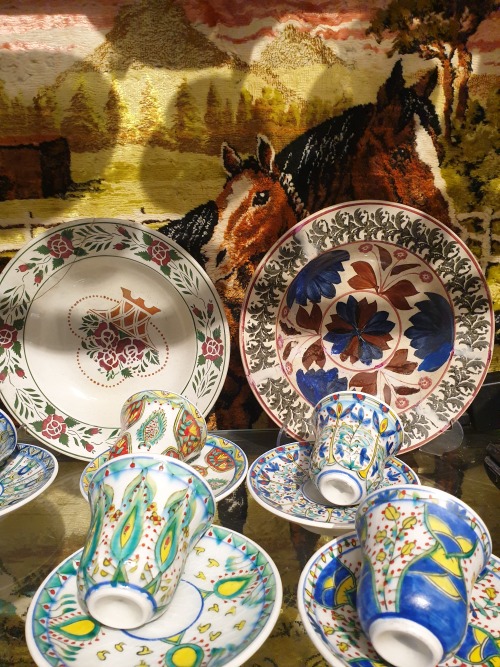

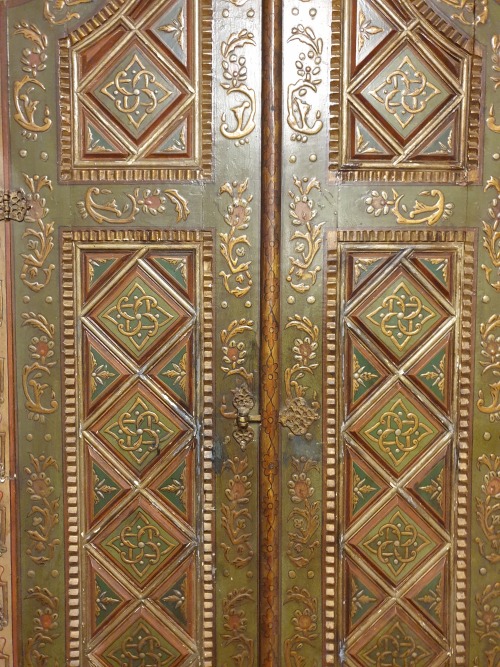
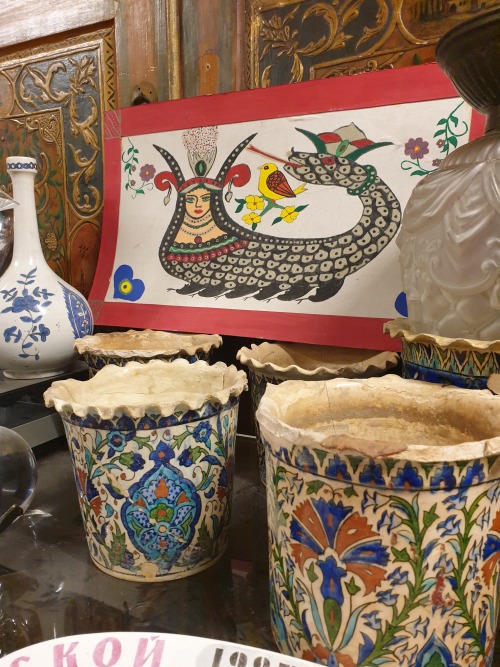
There is nothing wrong with that—I have been a tourist looking for tourist trinkets myself. And yet, one cannot help but wonder if, in a few years, the gramophones, the engraved pocket watches, or the LPs of Cem Karaca and Kurtalan Ekspres will slowly be replaced by rows of mass-produced ceramics.
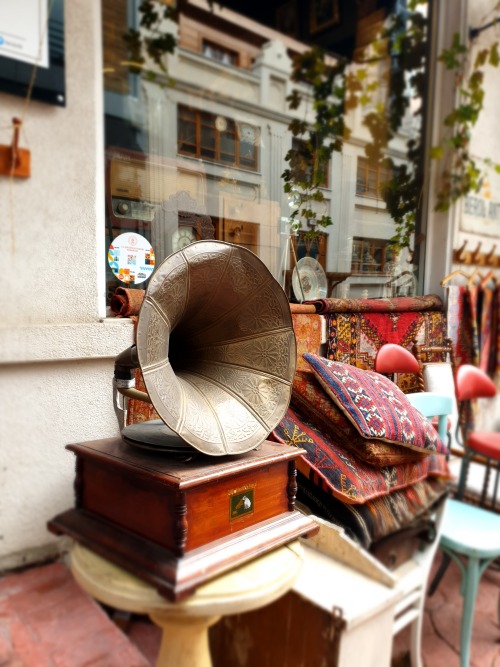

Luckily, most of the people I talked to did not agree with this rather gloomy prediction. After all, in Istanbul, there is plenty of space for a Grand Bazaar as well as for the small antique shops of Çukurcuma. So once again, perhaps after grabbing a tahinli çörek at the Tarihi Cihangir Simit Fırını – wander around, visit these shops, ask the stories behind those vintage radios and ice skates.
You, too, will appreciate the knowledge of these shop owners, the power of their storytelling, the possible sentimental and historical values of a small porcelain figurine. And perhaps, instead of a postcard, next time you will bring home a vintage lock or a tiny coffee cup as a souvenir.
